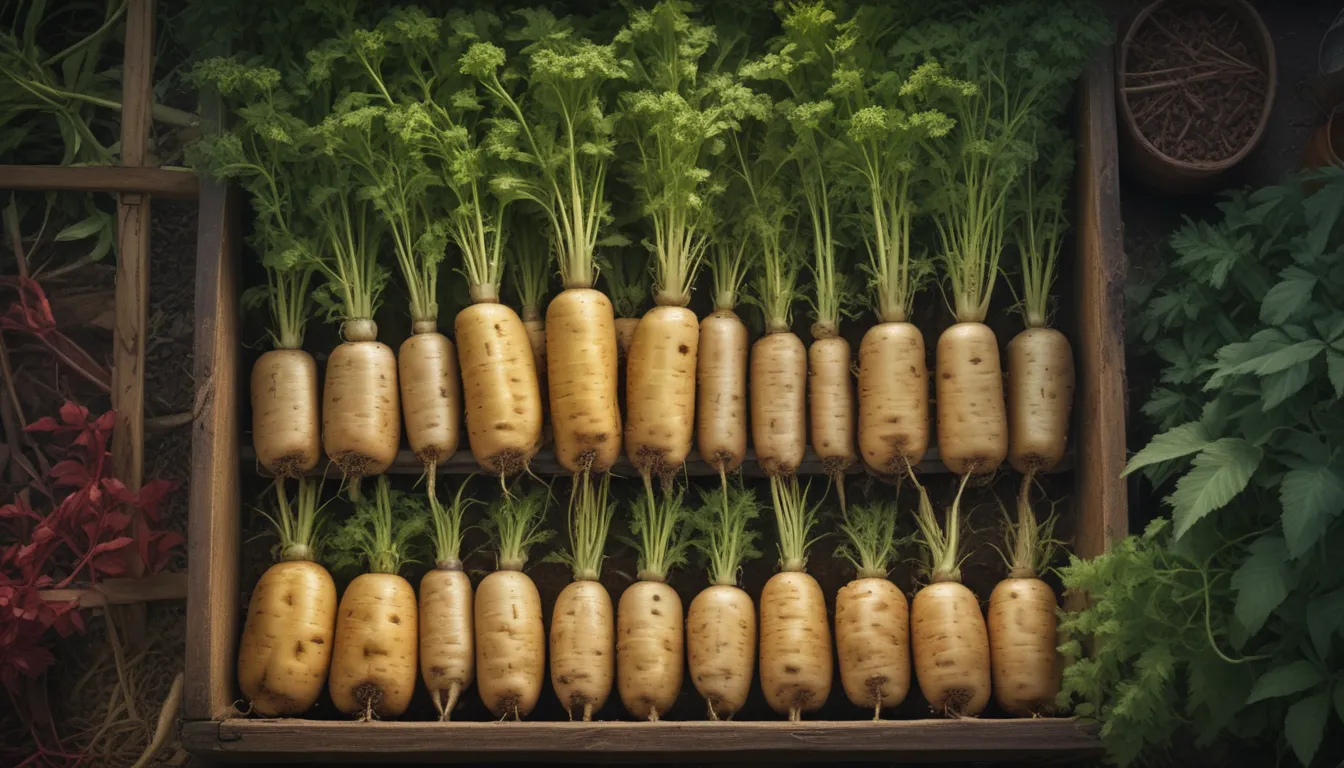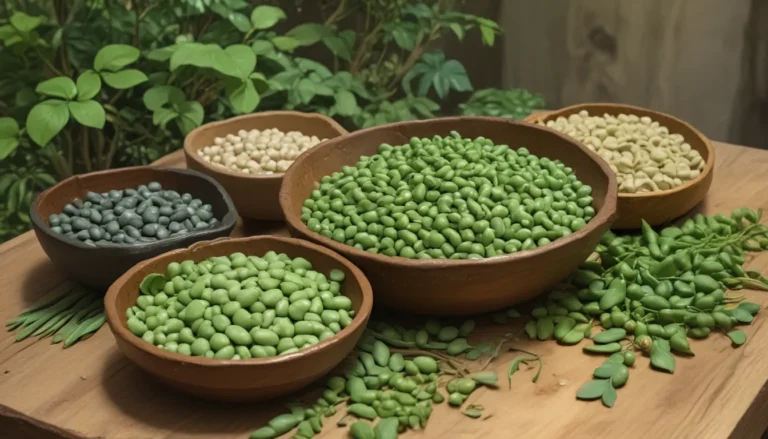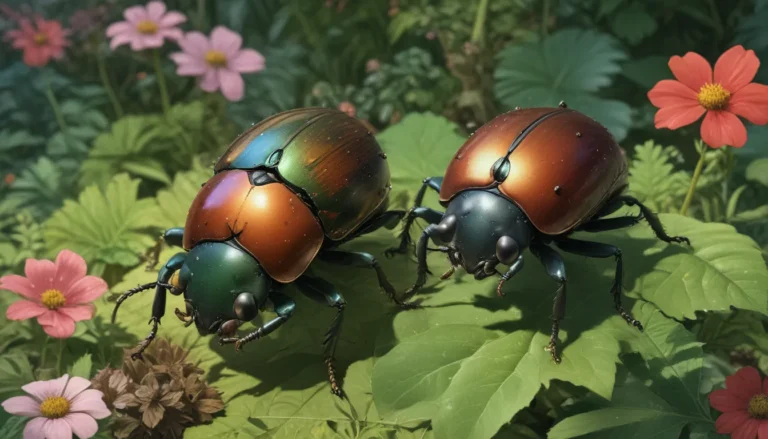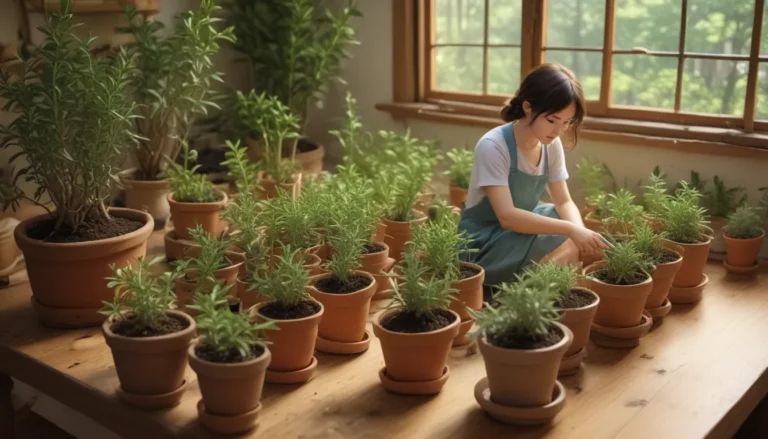A Comprehensive Guide to Growing Parsnips in Containers

Do you want to try your hand at growing root vegetables in containers? If you’re looking to add a unique touch to your garden, consider growing parsnips. Often overshadowed by their orange cousin, carrots, parsnips offer an earthy, sweet flavor that encapsulates the essence of autumn.
In this detailed guide, we will explore the ins and outs of cultivating parsnips in containers. From selecting the right container to managing pests and diseases, we’ve got you covered. Whether you’re a seasoned gardener or a beginner, this article will equip you with the knowledge you need to successfully grow this delicious root vegetable.
What You’ll Learn
Here’s a sneak peek into what you can expect to learn in this comprehensive guide:
- A Bit About Parsnips
- Why Grow in a Container?
- Choosing the Right Container
- Planting Your Parsnips
- How to Grow
- Growing Tips
- Cultivars to Select
- Managing Pests and Disease
- Harvesting and Preserving
- Recipes and Cooking Ideas
A Bit About Parsnips
Parsnips thrive in USDA Hardiness Zones 2 through 9, with a preference for slightly acidic soil (pH 6.0-7.0) and loose, loamy texture. These root vegetables develop a taproot that can range from 12 to 15 inches long and 1 to 4 inches in diameter, with smaller roots offering a sweeter taste.
When grown as an annual, parsnips reach a modest size, making them ideal for container gardening. With a rich history dating back to antiquity, these veggies have their origins in Europe or Asia and are known for their nutritional benefits.
However, it’s important to note that parsnip foliage contains sap that can cause skin irritation, necessitating caution when handling the plants. To grow parsnips successfully, source seeds from reputable nurseries to ensure quality.
Why Grow in a Container?
Container gardening offers several advantages when it comes to growing parsnips. Here are some reasons why you might consider planting them in containers:
- Space-Saving: Ideal for small yards, patios, or balconies.
- Soil Control: Allows you to provide the ideal soil conditions for optimal root growth.
- Weed Management: Minimizes weed growth by containing the plants in a defined area.
Choosing the Right Container
To grow parsnips effectively in containers, select pots that are at least 15 to 20 inches deep to accommodate the long taproots. Opt for containers with proper drainage to prevent waterlogging, and consider using wide, square or rectangular pots to maximize space for root growth.
Additionally, choose containers made from suitable materials such as wood, resin, or stone based on your preference. Ensure that the containers provide ample space for roots to grow without restrictions.
Planting Your Parsnips
Parsnips thrive in cool weather conditions, with optimal growth between 45 and 65°F. Start by planting seeds in loose, well-draining soil, either in commercial potting mix or a blend of topsoil, manure, and peat moss.
Sow seeds at a depth of 1/2 inch, spacing them 4 inches apart, and water thoroughly. Monitor soil moisture, provide adequate sunlight, and thin seedlings to ensure proper spacing for healthy growth.
How to Grow
To promote healthy growth, maintain consistent soil moisture levels, avoid waterlogging, and fertilize with a balanced or low-nitrogen fertilizer after germination. Monitor for pests like swallowtail butterfly larvae and parsnip flies, taking necessary measures to manage infestations.
With proper care, your parsnips will be ready for harvest in 95 to 120 days, offering a bountiful yield of flavorful roots.
Growing Tips
Here are some essential tips for successful parsnip cultivation in containers:
- Water deeply at least once a week, checking soil moisture regularly.
- Mulch to retain moisture and regulate soil temperature.
- Fertilize with a balanced fertilizer two months after germination.
Cultivars to Select
When choosing parsnip varieties for container growing, consider compact options that produce roots under 15 inches in length. Here are a few cultivars that are well-suited for container gardening:
- All American: A sweet, creamy variety maturing in 95-105 days.
- Hollow Crown: An heirloom variety with crisp, white flesh maturing in 105-115 days.
- Turga: Known for its generous size and nutty flavor, maturing in 100-110 days.
Select cultivars based on your container size and space requirements, ensuring adequate room for root development.
Managing Pests and Disease
While parsnips are relatively resistant to pests and diseases, it’s essential to monitor for common issues like swallowtail butterfly larvae and parsnip flies. Handpick larvae and use organic sprays to control populations.
To prevent fungal leaf blights and root rots, maintain appropriate soil conditions, water at the soil level, and provide adequate spacing between plants. By practicing good gardening habits, you can minimize the risk of disease and ensure healthy plant growth.
Harvesting and Preserving
Harvest parsnips once they have been exposed to light frosts for optimal flavor. Wait 95-115 days after germination, then carefully harvest the roots, remove foliage, and store them in the refrigerator for up to three weeks.
Alternatively, freeze parsnips by peeling, cutting, blanching, and freezing them for long-term storage. By following proper harvesting and preserving techniques, you can enjoy your homegrown parsnips year-round.
Recipes and Cooking Ideas
Parsnips are versatile root vegetables that can be used in a variety of recipes. From chips and fries to soups and mashes, there are countless ways to incorporate parsnips into your meals. Experiment with different cooking methods to discover new flavors and textures that enhance the natural sweetness of these roots.
Try substituting parsnips in your favorite carrot or sweet potato recipes for a unique twist, or combine them with other root vegetables for a hearty side dish. Get creative in the kitchen and explore the culinary possibilities of these delicious roots.
Nothing Snippy About Them
Whether you’re a seasoned gardener or a novice, growing parsnips in containers is a rewarding experience. With the right tools, techniques, and care, you can enjoy a bountiful harvest of flavorful roots that add a touch of autumn to your garden.
Share your parsnip growing experiences and questions in the comments below. We’d love to hear from you!
Explore more root vegetable growing guides:
- How to Grow Carrots in Containers
- How to Grow Rutabagas: A Cool-Weather Crop Perfect for Fall
- Can You Regrow Parsnips from Kitchen Scraps?
By incorporating new sections, examples, and additional information, this comprehensive guide offers valuable insights for readers interested in growing parsnips in containers. From selecting the right cultivars to harvesting and preserving tips, this article provides a detailed roadmap for successful parsnip cultivation. Whether you’re a beginner or an experienced gardener, this guide equips you with the knowledge and tools needed to cultivate this delicious root vegetable in your own container garden.





